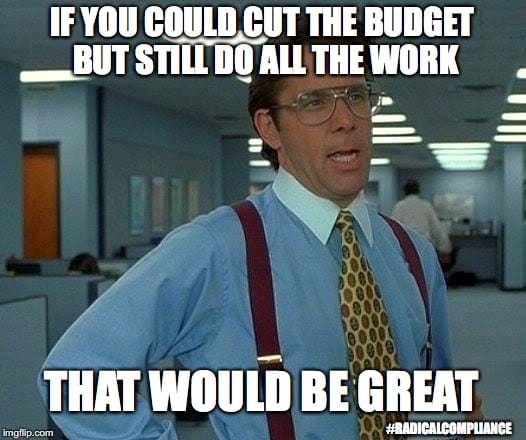Planning is hard and planning a product roadmap often feels like there are so many variables that it's easy to get it wrong.
🔦 Think of roadmaps as a flashlight.
🔬The closer things are the better we can see them.
🔭The further out things are the more we have a general sense of shape but things get blurry.
The goal of a roadmap shouldn't be to plan out what every work day will look like for the next couple years. The goal is to communicate to stakeholders and investors what the team priorities are, what the deliverables are, and the amount of resources required to deliver those deliverables.
Making Accurate Delivery Estimates

Covered in detail here
The fist step to a road map is knowing how much major projects will cost. This is analogous to producing a menu. If you want to order the fish and chips with a beer you know when the bill comes due it's going to be different than if you ordered the filet Mignon with a nice Pinot Noir.
Budget

The main purpose of budgeting is to encourage conversations around tradeoffs. As is almost always a rule there is more work than there are resources to do it.
Delivery estimates tell how much something costs.
Budgeting tells how much you have in your wallet.
My Algorithm for Budgeting by Quarter:
- Count the number of business days in a quarter [utility link here]
- Subtract out the following
- Vacation
Assume 2 weeks of vacation annual and amortized across the year. [3 Days a quarter] - Sick days
Assume 5 sick days amortized across the year. [e.g 1.5 days a quarter] - Unplanned work / Tech debt / Special Cases / “Gotchas” / Tech debt / Support Tickets / Etc
Admittedly not a perfect solution and likely to change depending on the size, scale and maturity of the company.
I've found around 20% to be a reasonably good buffer. - Dings, rings and pings
Another admittedly imperfect metric. Look at the average amount of time spent in meetings every week and add a little extra to accommodate for slack, email, discord, whatsapp, and whatever else.
This typically is around 10%
- Vacation
- We now have a Per Capita gross budget for the quarter.
- Multiply this number by the number of resources you have. Note that if someone is only partially on your team (as is often the case with Matrix Organizations) make sure you are only counting the portion that is apportioned to your team.
- You now have your budget.
Putting It Together

The last step is putting together the different projects in a cohesive way. The key things to keep in mind while organizing this are:
- What are the milestones
A roadmap should be building towards something. Ask yourself what are the north stars and make sure your roadmap is building in that direction - Slack is not slacking
You do not need to slot every project in so that the budget is 100% filled with stuff. This is how people get burnt out. If there is spare capacity at the end of the quarter that's actually a good thing (your roadmap is accurate). Often that excess time will get spent on areas such as performance, stability, or scalability. All areas that are often neglected otherwise. - Building the culture
Culture is the sum of a thousand small decisions. Every project and every delivery of that project should leave the team in a position to better deliver future products faster and with higher quality.
When assigning projects, think through the network of personal relationships on the team. Each project team should be assembled so that this network of personal relationships grows stronger (i.e people get to know each other more and like to work with each other more).
